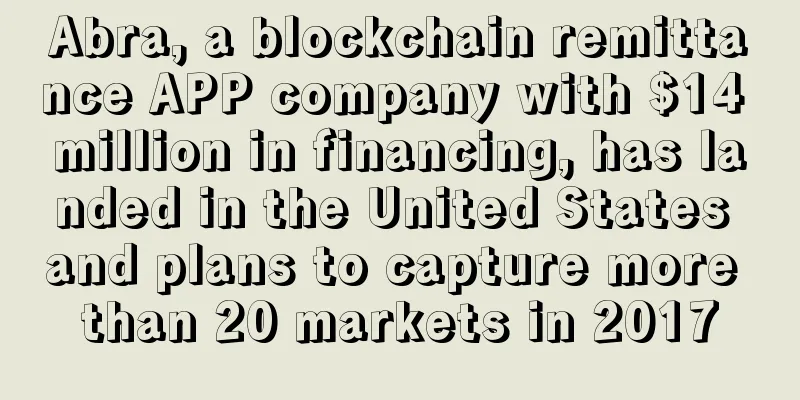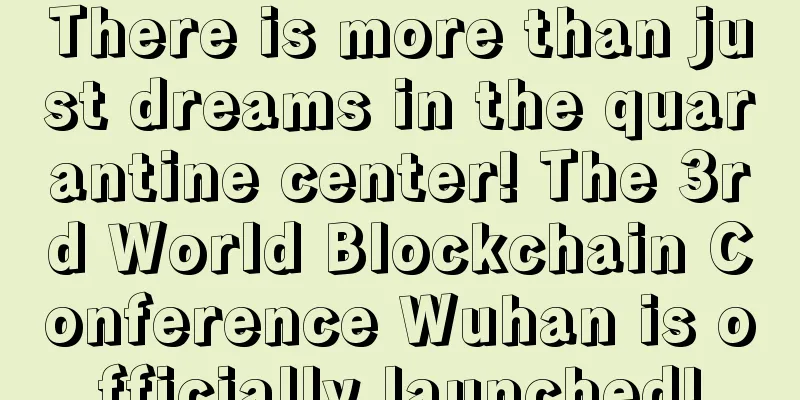The UK Financial Services Authority Sandbox Mechanism: Opening the Door to the Future of Blockchain
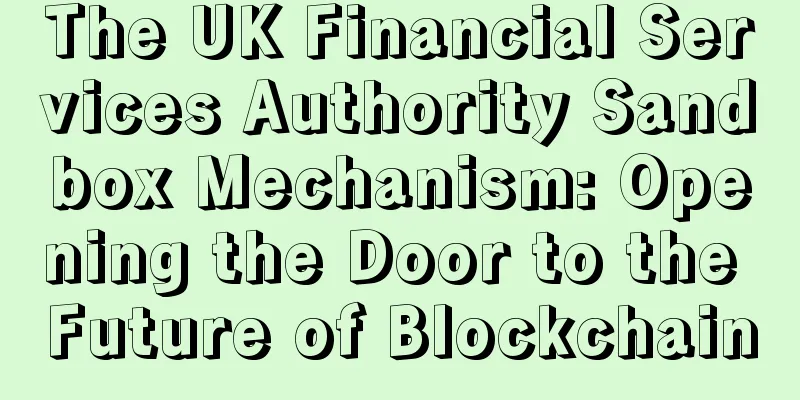
Translation: Annie_Xu Can the blockchain technology that underlies bitcoin, a currency popularized by anarchists and drug dealers, make the world more resilient to financial catastrophe? Although unexpected, the answer is yes. It has been eight years since the last financial crisis, and although regulators have strengthened the global financial system, it has not yet achieved the desired results. In principle, new technologies such as blockchain can make up for these weaknesses and are worthy of attention. What are the weaknesses in the system? Most of the deficiencies in key functions such as payments and trading are concentrated in large, undercapitalized banks or other central hubs; despite efforts by regulators to improve conditions, losses in these institutions still have broad economic impacts. Worse, the powers that be don’t recognize what’s happening in financial markets or where the risk is concentrated. Blockchain can solve both problems. Finance is about trust; financial institutions began to facilitate transactions between strangers; centralized middlemen solved these problems, tracking who owns what and who owes whom; but middlemen also introduced system vulnerabilities. So regulators are constantly struggling with these still inevitable dilemmas. Blockchain brings a new trust mechanism, creating a so-called distributed ledger that fully preserves the transaction history, with computers around the world participating in the verification and recording of transaction records. There is no need to trust a single source of information anymore, and records are kept in so many places that they cannot be lost or tampered with. Imagine all financial transactions on a public distributed ledger. Everyone, including regulators, can clearly see potential risks. If a large bank encounters problems, the authorities don't have to worry about critical payment or ledger systems. Governments no longer have to worry about the failure of large financial institutions, making financial supervision and the restoration of market order much simpler. Technically speaking, this utopian future is within reach; the question is how to achieve it. Large banks and exchanges are involved in building private blockchain systems, including processing transactions such as credit derivatives and private company equity. Although this closed architecture innovation is welcome, it is not revolutionary in itself. It is called the "training wheels" of blockchain. Independent startups are developing public blockchain applications with greater impact, but existing financial regulators are putting up various obstacles. For example, any company that transfers money must be registered in the country where it operates and comply with its own policies and regulations. In the United States, each state has different regulatory policies, which makes the cost of experimentation unreasonably high. This will stifle, or at least delay the development of this technology with global application prospects. The Financial Conduct Authority of the United Kingdom has found a more decent solution - the regulator sandbox, which allows companies to be free from the heavy burden of laws and regulations and freely conduct concept tests. This solution should be adopted by the whole world, and different judicial systems should jointly allow cross-border blockchain application trials. If the United States can take the lead, other countries will also rush to it for fear of falling behind. Blockchain can indeed change the world, reducing the harm of financial crises and global trade frictions. It may also enter the hazy area of narrow technological innovation. Blockchain technology should be explored reasonably, and regulators can leave more room for it to develop and improve. |
>>: Singapore regulators’ attitude towards blockchain innovation: Just do it!
Recommend
What does a woman with a hump nose look like? Do women with such a face have a hard life?
In previous articles, we have analyzed the meanin...
The crypto community is stirring up an anti-censorship storm. Will Ethereum fall into a regulatory dilemma?
Ethereum is facing an anti-censorship storm. Afte...
Judging a person's fortune by looking at his facial features and mouth shape
As the saying goes, a person with a big mouth can...
A woman with a mole on her forehead is likely to be called an "unfilial daughter" by her parents.
What does a mole on a woman’s forehead mean? In t...
What does the Moon in the House of Marriage represent?
Tianyue Star is the star that ignites disease. Wh...
Bitcoin Core Developer Greg Maxwell: Sidechain BIP May Be Launched Soon
At the Bitcoin Foundation’s DevCore developer wor...
Is it good to have three career lines? I have a lot of work.
There is usually only one career line. If you see...
Russian regulators are negative about cryptocurrencies, but public opinion supports it
Wu Blockchain learned that on September 7, accord...
What is Binance’s new HODLer airdrop?
HODLer airdrop is a retrospective logic, while La...
Which men with moles are likely to be gigolos?
Men with a mole between their eyes - A mole betwe...
Mining Coin Report (February 13) Is the bull market coming? ETH is quite strong
ETH is rising rapidly, up nearly 25% in 3 days, b...
What does a mole on a man's chin mean?
Never underestimate a small mole, because each sm...
Is it good to have protruding ears? What is your fate?
1. People with protruding ears have good fortune....
yec coin - a fork of Zcash (ZEC), 192_7 algorithm, mining with graphics card mining machine!
Zcash (ZEC) is a fork of Zcash, mined with graphi...
Physiognomy reveals what influences your ability to lose or gather money
Physiognomy reveals what influences your ability ...
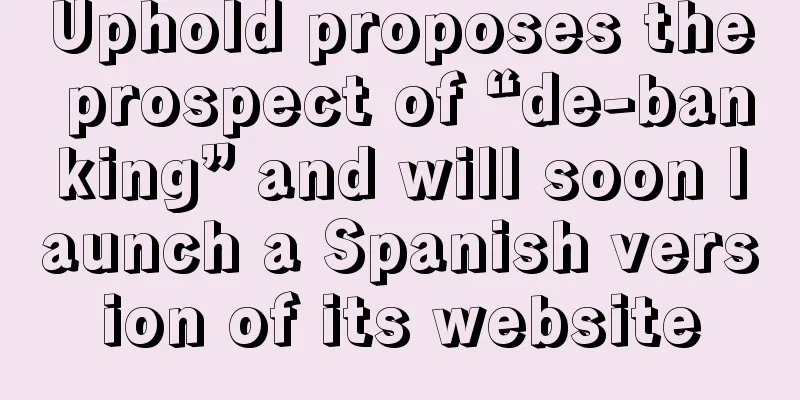
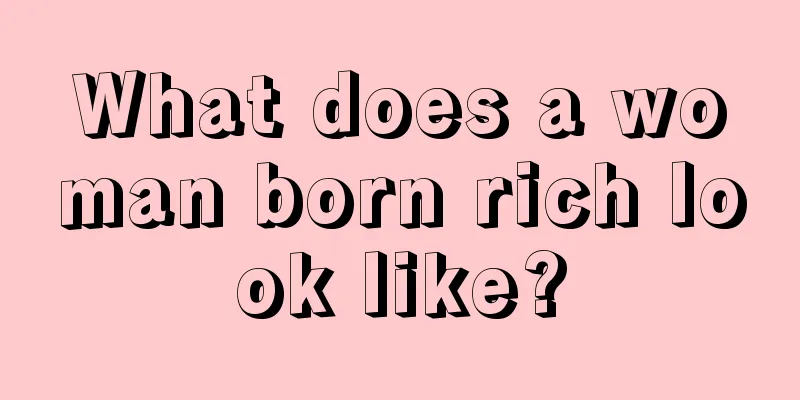
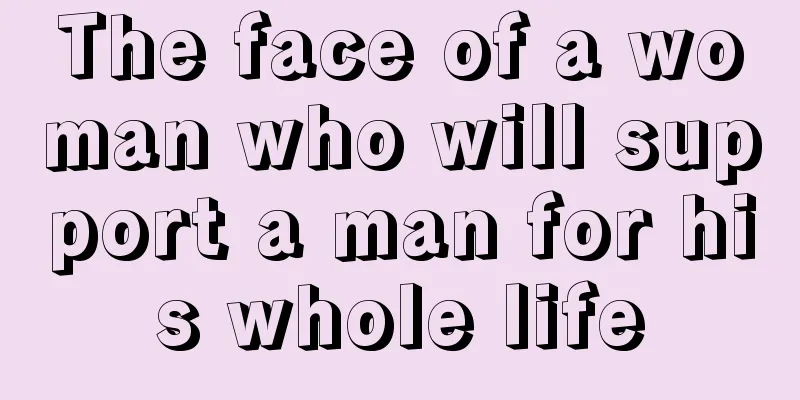
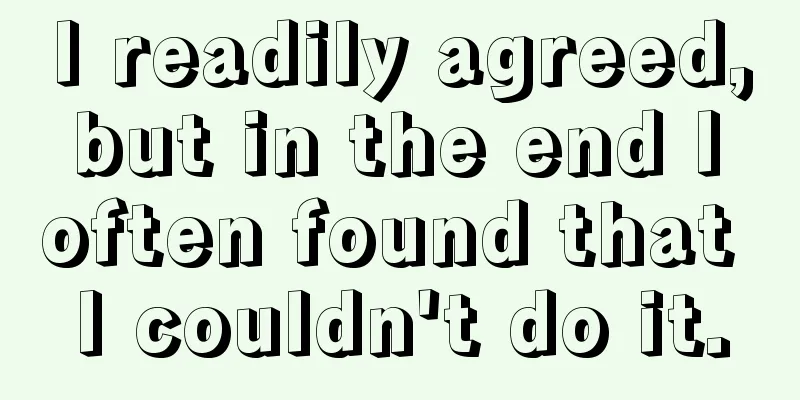
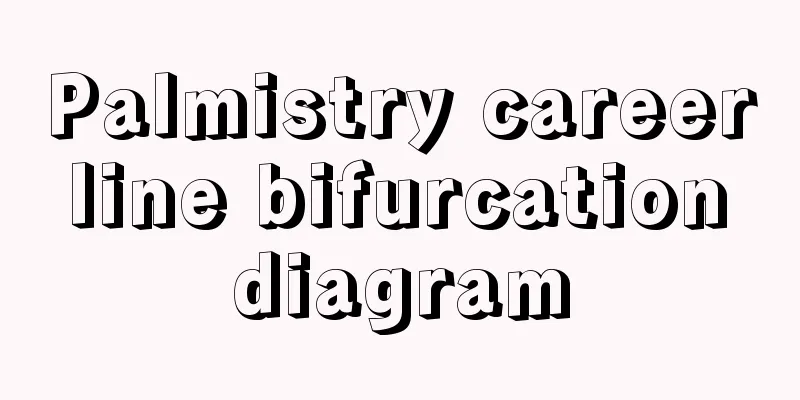
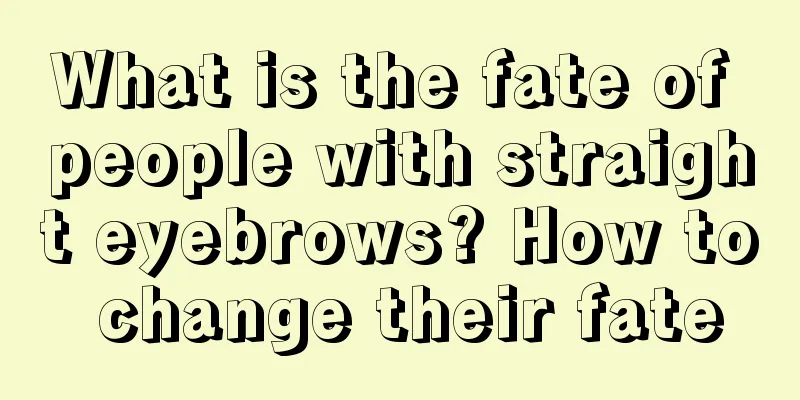
![[Mining Machine Review] Unraveling the mystery, Jinbei X5 mining machine disassembly review](/upload/images/67e6d39a372b5.webp)
